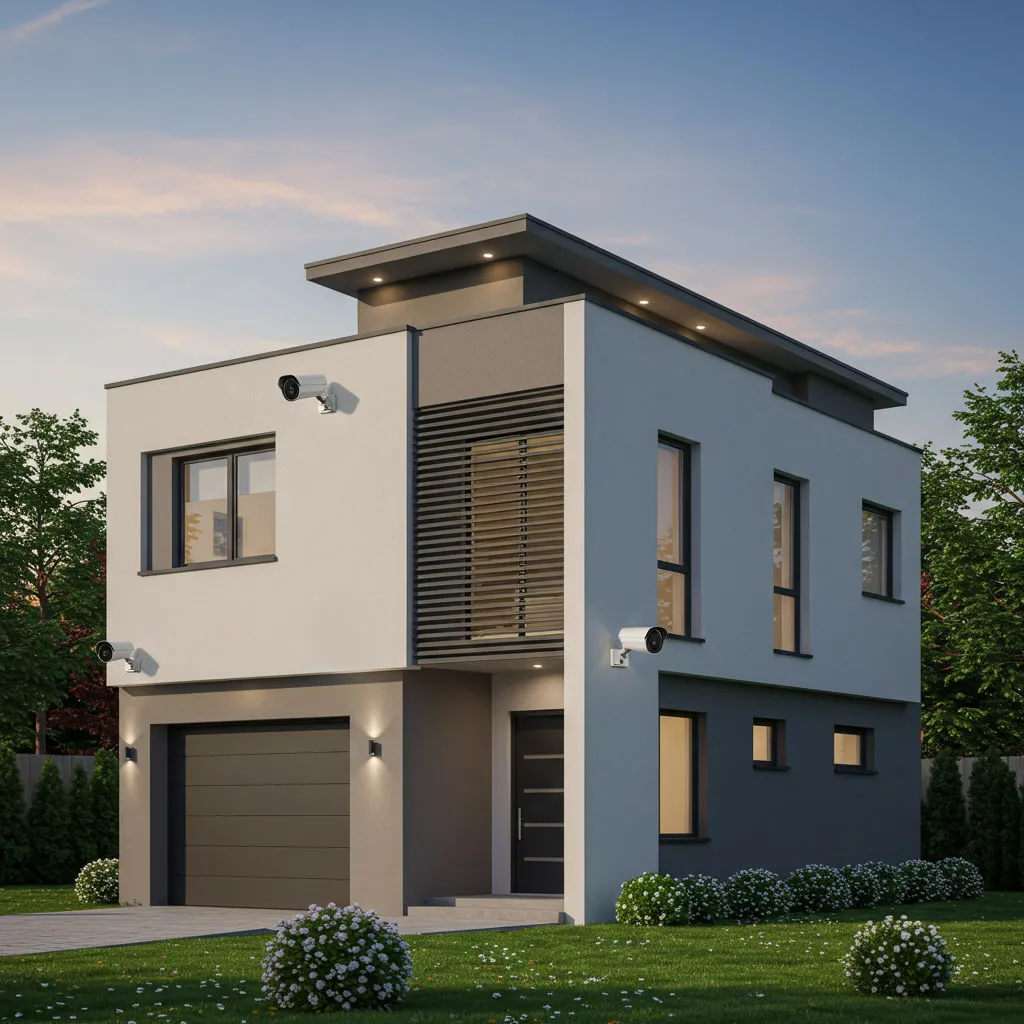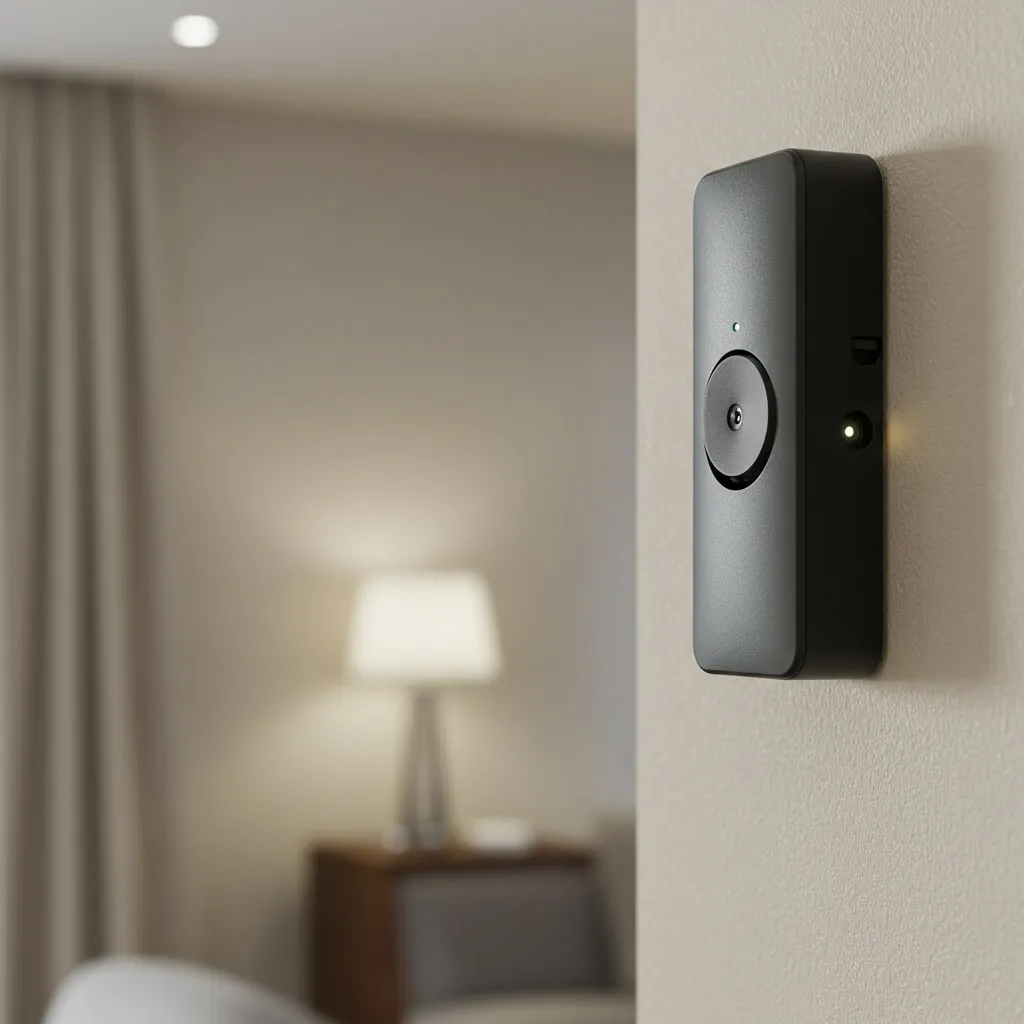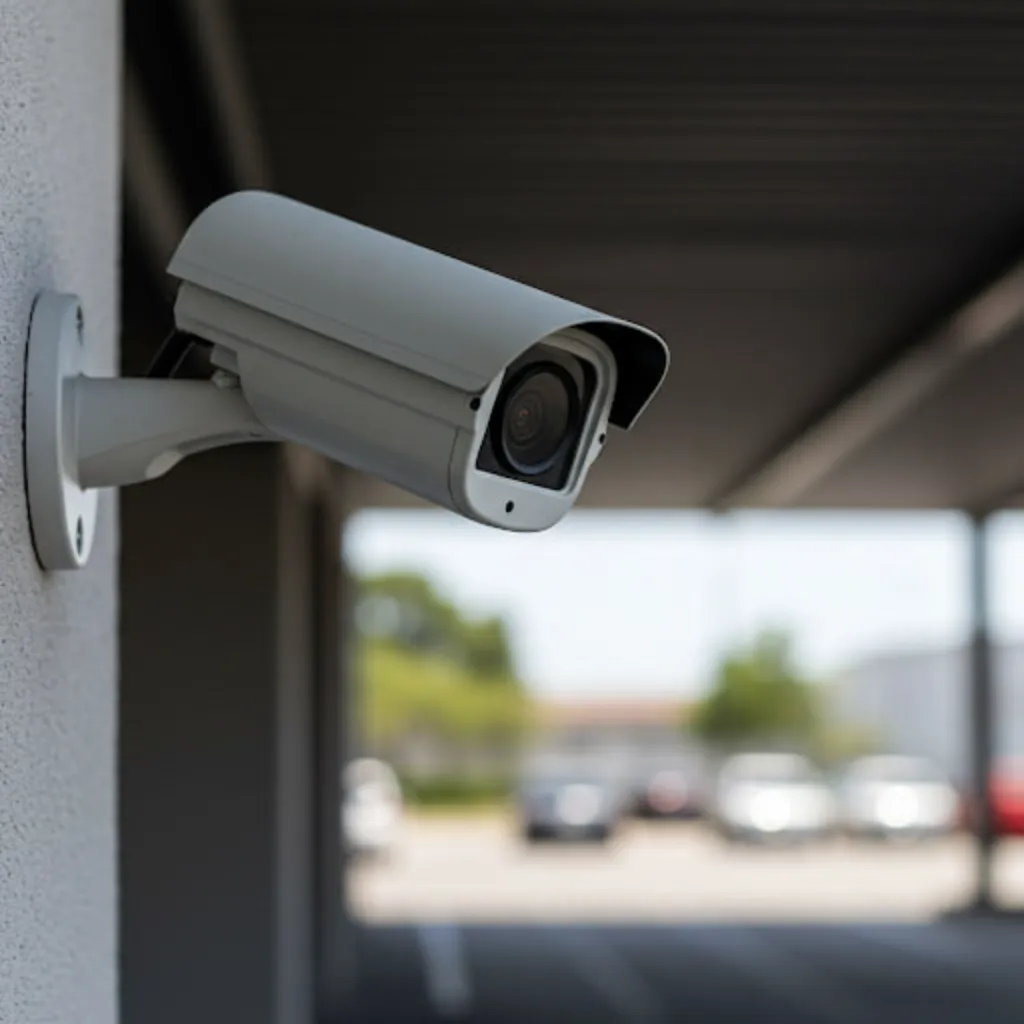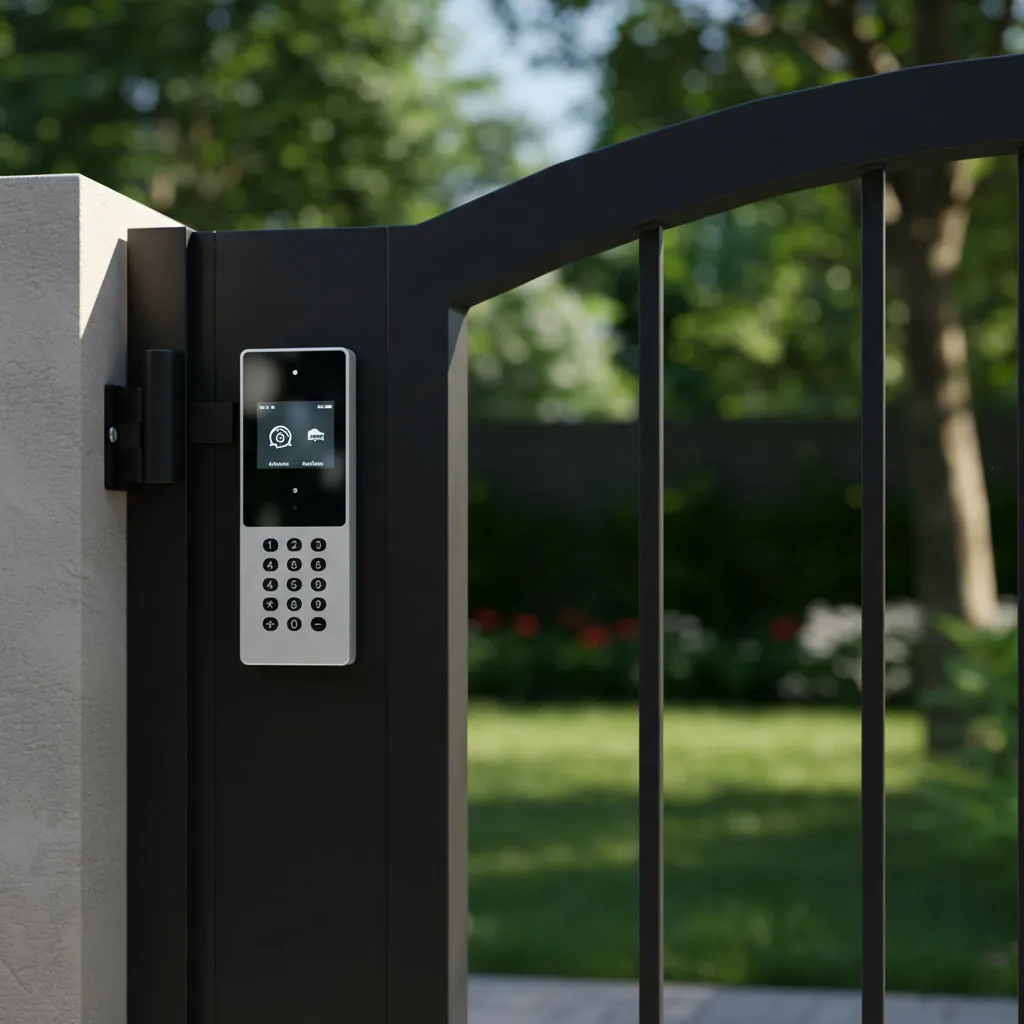What is smart security?
Smart home security systems offer a significant upgrade to traditional security measures, providing enhanced protection and peace of mind.
Security
Smart home security systems offer a comprehensive and proactive approach to home protection, leveraging technology to provide enhanced security and peace of mind.

Real-time Monitoring
Smart security systems allow homeowners to monitor their properties remotely via smartphones or tablets. This provides constant surveillance, even when away from home.
Intrusion Detection
Motion sensors, door/window sensors, and glass-break detectors alert users to unauthorized entry. Smart locks add an extra layer of defense, allowing remote locking and unlocking.
Video Surveillance
Smart security cameras provide live video feeds and recorded footage, enabling visual verification of events. Doorbell cameras offer added security by capturing footage of visitors at the front door.
Alerts and Notifications
Systems send instant alerts to users' smartphones in case of suspicious activity or security breaches. Some systems offer integration with emergency services for rapid response.
Automation
Smart security systems can be integrated with other smart home devices, such as lighting, to create automated responses to security events. For example, lights can turn on automatically when motion is detected.
Alarm
This smart home security approach leverages passive sensors for accurate detection, smart technology for immediate alerts, and professional armed response for rapid intervention, creating a comprehensive and reliable security solution.

Passive Sensors for Enhanced Detection
Passive sensors, such as motion detectors and door/window sensors, form the foundation of a smart alarm system. They detect changes in the environment without actively emitting signals. These sensors provide reliable intrusion detection, triggering alerts when unauthorized activity occurs.
Smart Integration for Real-Time Alerts
Smart home systems integrate these passive sensors, enabling instant notifications to smartphones or tablets. Users receive real-time alerts about potential breaches, regardless of their location. This allows for immediate assessment and response.
Armed Response Integration
Advanced smart home security systems can integrate with professional armed response services. Upon alarm activation, the system can automatically notify the armed response company. This ensures rapid intervention in case of a confirmed intrusion.
Reduced False Alarms
Smart systems can incorporate features to minimize false alarms, such as:
- Sensor calibration and sensitivity adjustments.
- Verification through video footage from integrated security cameras.
- User confirmation before dispatching armed response.
Increased Security and Peace of Mind
The combination of passive sensors, real-time alerts, and armed response integration creates a robust security system. This provides homeowners with enhanced protection and peace of mind, knowing that their property is monitored and protected.
System Customization
Smart security systems allow for high levels of customization. Users can define zones, and sensor sensitivity, and also customize the actions that the system takes when different sensors are triggered.
CCTV
Smart home CCTV systems provide a powerful layer of security, offering visual surveillance, recording capabilities, remote monitoring, and real-time alerts, empowering homeowners to protect their property and loved ones.

CCTV Cameras for Visual Surveillance
Smart CCTV cameras capture video footage of the surrounding area, providing visual evidence of events. These cameras can be placed both indoors and outdoors, covering critical areas of the property.
Recording and Storage
Smart CCTV systems offer recording capabilities, allowing users to capture and store video footage. Storage options include local storage (e.g., SD cards, hard drives) and cloud storage, providing flexible access to recordings. Continuous recording, and motion activated recording are common features.
Remote Monitoring
Users can access live video feeds and recorded footage remotely via smartphones, tablets, or computers. This enables real-time monitoring of the property from anywhere with an internet connection.
Motion Detection and Alerts
Smart CCTV cameras often incorporate motion detection capabilities, triggering alerts when movement is detected. Users receive instant notifications on their devices, alerting them to potential security threats.
Advanced Features
Many smart CCTV systems offer advanced features, such as:
- Night vision for clear footage in low-light conditions.
- Two-way audio for communication with visitors.
- Facial recognition for identifying known individuals.
- AI powered object detection, that can tell the difference between people, animals, and vehicles.
Integration with Smart Home Systems
Smart CCTV systems can be integrated with other smart home devices, such as alarms and lighting, to create a comprehensive security ecosystem. This integration allows for automated responses to security events, such as turning on lights1 when motion is detected.
Access Control
Smart home access control systems provide a comprehensive approach to managing entry points, enhancing security, and offering greater convenience through interconnected devices and automation.

Smart Locks
Replace traditional keys with electronic access, offering keyless entry via smartphones, keypads, or biometric scans. Enable remote locking and unlocking, granting temporary access to guests or service providers. Provide activity logs, tracking who enters and exits the property.
Smart Gates
Automate gate operation, allowing remote opening and closing via smartphones or keypads. Integrate with security cameras and intercoms for visual verification of visitors. Schedule gate operation for specific times or events.
Smart Intercoms
Enable two-way audio and video communication with visitors at the gate or door. Allow remote access control, granting entry to authorized individuals. Record visitor activity for security purposes.
Smart Doorbells
Provide video and audio communication with visitors at the front door, even when away. Send real-time alerts to smartphones when someone rings the doorbell or triggers motion detection. Record visitor activity and store footage for later review.
Integration and Automation
Smart access control systems can be integrated with other smart home devices, such as alarms and lighting. This integration enables automated responses to events, such as unlocking the door when the alarm is disarmed. Centralized control, through an app, that allows the user to manage all of the different access control devices from one location.
Enhanced Security and Convenience
Smart access control systems provide enhanced security by limiting unauthorized access and monitoring entry points. They also offer increased convenience by eliminating the need for traditional keys and enabling remote control.
Cybersecurity
Smart home cybersecurity involves a multi-layered approach to protecting the network, devices, and users from digital threats, ensuring a safe and secure smart home environment.

Network Hardening
Strengthening the home network's defenses through measures like:
- Strong, unique passwords for Wi-Fi and all connected devices.
- Regular firmware updates for routers and smart devices.
- Enabling network encryption (WPA3).
- Firewall configuration to restrict unauthorized access.
- Network segmentation, that allows for different security levels for different devices.
Internet Safety
Implementing practices to protect against online threats, including:
- Avoiding suspicious websites and downloads.
- Being cautious of phishing emails and scams.
- Using a Virtual Private Network (VPN) for enhanced privacy.
- Security software that protects against malware, and viruses.
Child Controls
Utilizing smart home features to manage and monitor children's online activity:
- Setting time limits and schedules for internet access.
- Filtering inappropriate content and websites.
- Monitoring online activity and browsing history.
- Location tracking of children’s devices.
Device Security
Securing each individual smart device on the network.
- Changing default passwords.
- Disabling unused features.
- Keeping software up to date.
Privacy Considerations
Understanding the privacy implications of smart home devices and services. Reviewing privacy policies and data collection practices. Minimizing the amount of personal information shared with smart home platforms.
